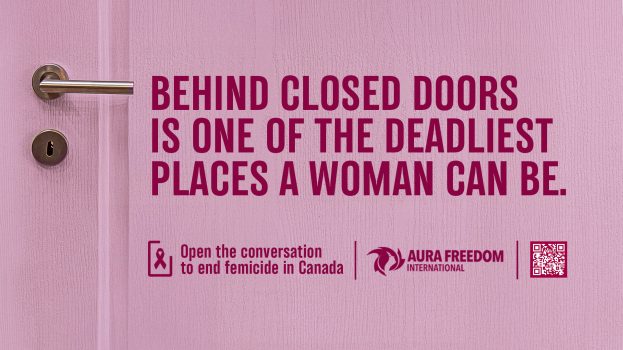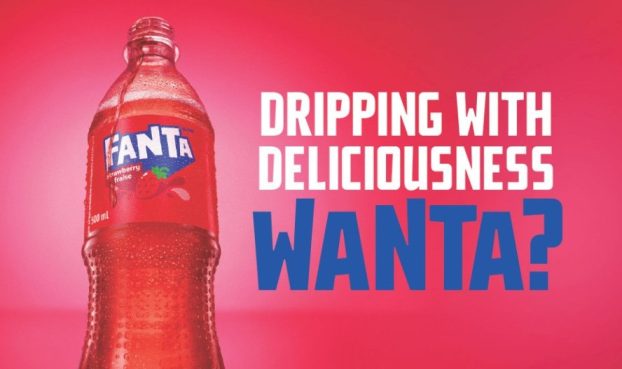Chew on this fact: A recent survey of 70,000 citizens conducted by kinesiologist Dr. Mark Tremblay at the University of New Brunswick in Fredericton, shows a dramatic increase in the number of overweight people over the last 20 years, particularly among kids. The prevalence of being overweight in girls increased to 27% in 1997 from 13% in 1981, and to 33% from 11% in boys. Meanwhile 9% of girls and 19% of boys were obese in 1997, compared to 2% each in 1981.
While the health implications of these stats should not be glossed over, the reality is that an increase in the number of larger adolescents is also creating a new market for apparel retailers. As kids, especially girls, move into their teen years and clothing becomes as important as dating, many who reside in the size-14-plus club are faced with few enticing options at the mall – and some of North America’s more savvy retailers are now trying to fill that gap.
In Toronto, Toni Plus opened a fifth location this fall – it now has four in Toronto and one in Calgary – and is looking at further expansion in North America over the next couple of years, according to Jackqueline Hope, director of PR. The retailer, which communicates to its 120,000-member database by sending them brochures about the season’s hottest looks, has plenty of fashions for the younger segment, although the retailer also focuses on women.
Hope points out that it would be foolish to ignore a growing plus-size youth demographic: ‘I’m still waiting for the day when The Big Gap and Le Grande Chateau open because there is certainly a market there.’
Another Canadian retailer that has recognized an opportunity in plus-size junior wear is Montreal-based Penningtons Superstore. In spring 2000, the retailer, which specializes in plus-size fashions for women, introduced a junior section for teens into its 117 locations. Called ‘un, deux, trois,’ the section offers two proprietary lines: Club Wear, which includes things like black spandex blouses and sequin-studded bengaline pants; and Casual Wear, which offers less formal gear like, jeans, shirts and sweaters.
Management at Penningtons, a division of retail conglomerate Reitman’s Canada, identified the need for the junior section after witnessing a group of girls shopping in its teen-targeting sister store Smart Set. ‘Inevitably, one or two of the girls would struggle to fit into regular sizes, but they couldn’t – they were plus-size girls. We realized then that there was no place in Canada to find suitable junior fashions for this customer,’ says Jon Plens, VP of sales and operations at Penningtons. To date, the junior section has garnered a favorable response from its customers, and it now occupies 400 to 500 square feet – 15% to 20% of the store.
Providing a junior section within a plus-size retailer has served to ease teens’ feelings of self-consciousness, says Penningtons merchandise manager Odile Panelli. ‘Because we attracted mostly mothers and grandmothers, there was probably some initial resistance from juniors to go into our stores, but now that we’ve built a brand with ‘un, deux, trois,’ that’s starting to change,’ says Panelli.
The company advertises the new department in college newspapers across Canada, as well as in the U.S. teen magazine YM, which has a high Canadian readership, says Trudy Crane, director of marketing.
In the U.S., California-based Hot Topic unveiled Torrid this spring, six plus-size-only outlets that cater to women aged 15 to 30, offering an array of alternative music-themed clothing and accessories for women sizes 14 to 26.
‘We think that plus-size shoppers represent a large segment of the population – no pun intended – and one that has not yet been adequately addressed by retailers,’ says Jay Johnson, senior VP of strategic analysis and investor relations at Hot Topic. Based on census data and proprietary studies commissioned by Hot Topic, Johnson estimates that 25% of women aged 15 to 30 wear a size 14 or higher, a number which he thinks has grown considerably in the last decade.
Over the last couple of years, the company also began noticing a jump in the number of customer comments (via e-mail feedback and in-store response cards) bemoaning the fact that there were few places for plus-size girls to shop, says Johnson. After introducing a plus-size section in stores and online (www.hottopic.com) 18 months ago, Hot Topic saw a ‘dramatic sell-through’ on those items.
The next step was to decide whether to open a stand-alone store. Though theoretically the company could have simply expanded the plus-size sections, Johnson says that would have meant upsetting the merchandising balance of the stores, which sell to both male and female customers. What’s more, Johnson says focus group testing of Hot Topic staff and plus-size Web shoppers overwhelmingly revealed that this customer group wanted its own stores.
Located in malls, each of the six Torrid stores occupies an area of 2,500 square feet -larger than the Hot Topic locations, which average 1,900 square feet. They also target an older demographic of women aged 15 to 30 – although Johnson estimates that 50% are under the age of 20. By contrast, Hot Topic’s core customer group is comprised of tweens and teens aged 12 to 19. The fashion-forward apparel is split between Hot Topic branded clothing and well-known labels like Paris Blues and Z Cavarichi.
Since launching the stores last April, Johnson says the performance of the six test stores has been strong, and statements made by Hot Topic CEO and president Elizabeth McLaughlin on the company’s Q2 results in August (i.e. that net sales increased 39.1%, to about US$72 million during the second quarter of fiscal 2001 from about US$52 million during the second quarter of fiscal 2000), hinted at rolling out additional stores.
With prominent vendors like Tommy Hilfiger announcing in the last year that they too are getting into the plus-size fashion business, observers agree this retail sector holds major growth potential.
‘There would be a huge market for fashions designed for the ‘average’ young woman,’ says Pascale LeBlanc, founder of Toronto-based youth marketing strategy firm Youthopia Communications. But LeBlanc, who views the label ‘plus-size’ as negative, warns that any messages sent to the target must have a positive tone. ‘It’s great that big names respected by that crowd have the guts to do this, but will they do it right?’
With files from Lisa D’Innocenzo.























